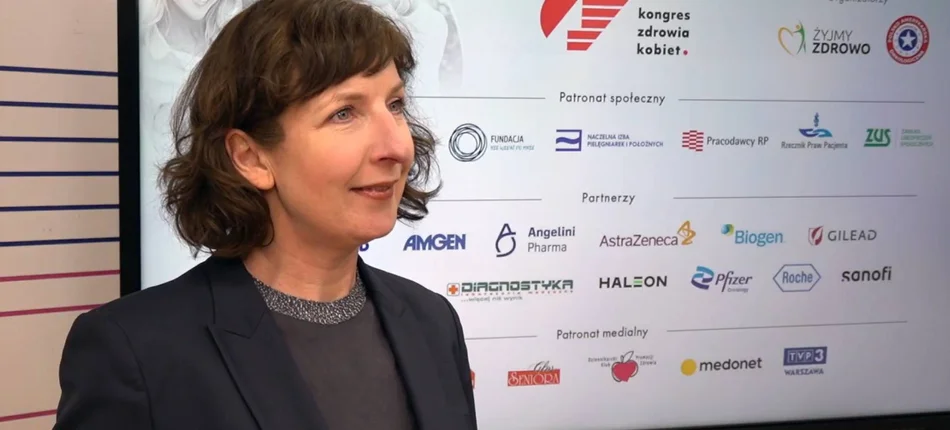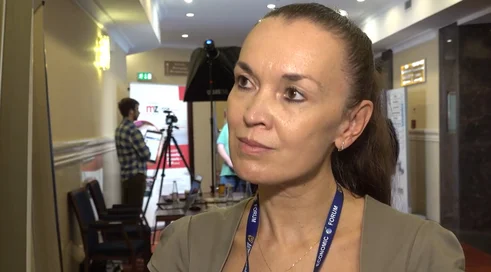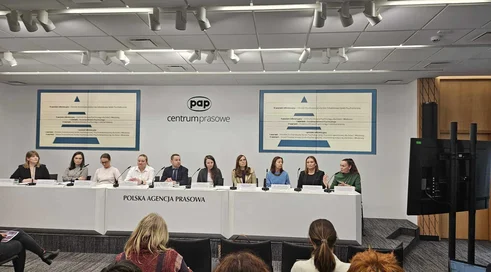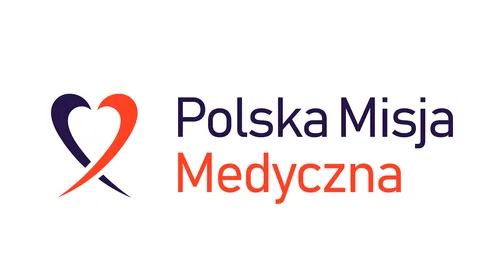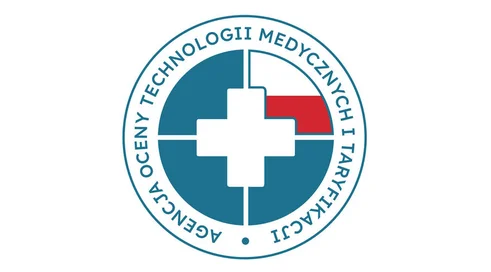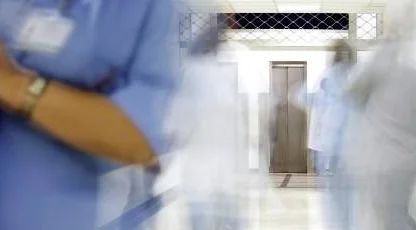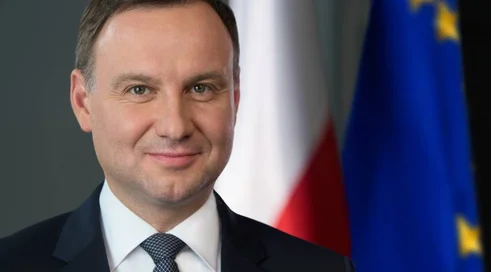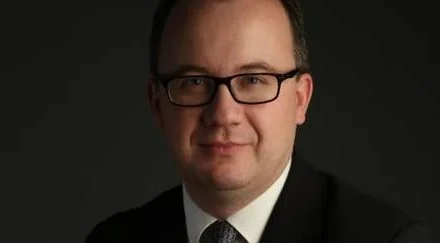Within the framework of coordinated care, the primary care physician collaborates with specialist physicians, a primary care nurse, and a nutritionist. In terms of what it deals with, it is prevention, treatment, diagnosis and patient education about selected diseases in the fields of cardiology, diabetology, endocrinology or pulmonology. Does it really cover all the conditions that patients come to primary care with?
I am very happy that such a project as coordinated care has been created. It is absolutely necessary because we have diseases of civilization. There are almost 40 million Poles, and there are very few specialists. It's a small prole in the sea of patient needs. So I'm glad that the primary care physician will deal with these diseases, will have the support of specialists and will already be able to help the patient at this basic level. We had to start somewhere, so we just started with pulmono...
Content locked
To gain access to the complete English section of the Medexpress.pl, kindly reach out to us at [email protected].




